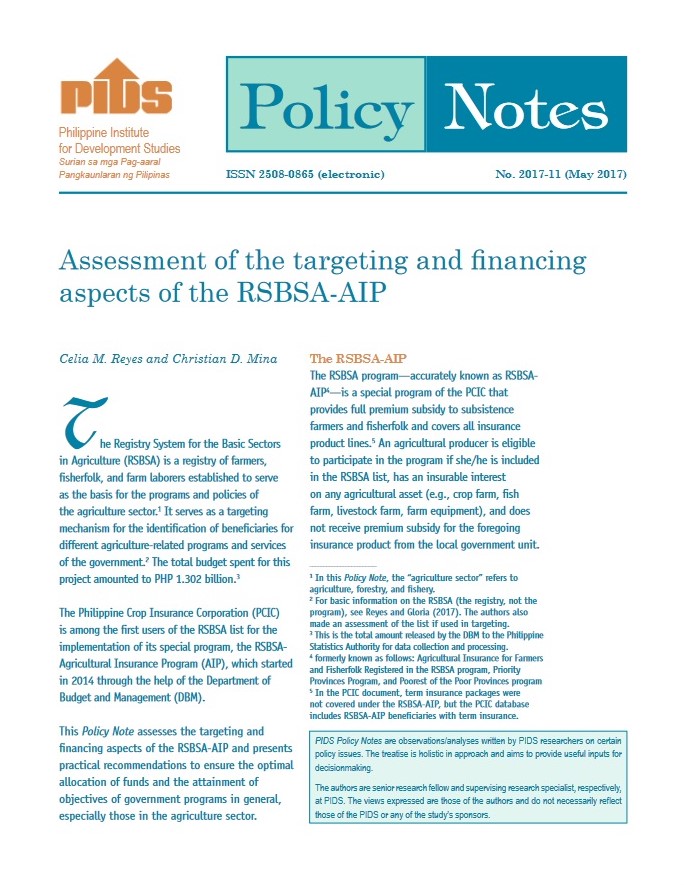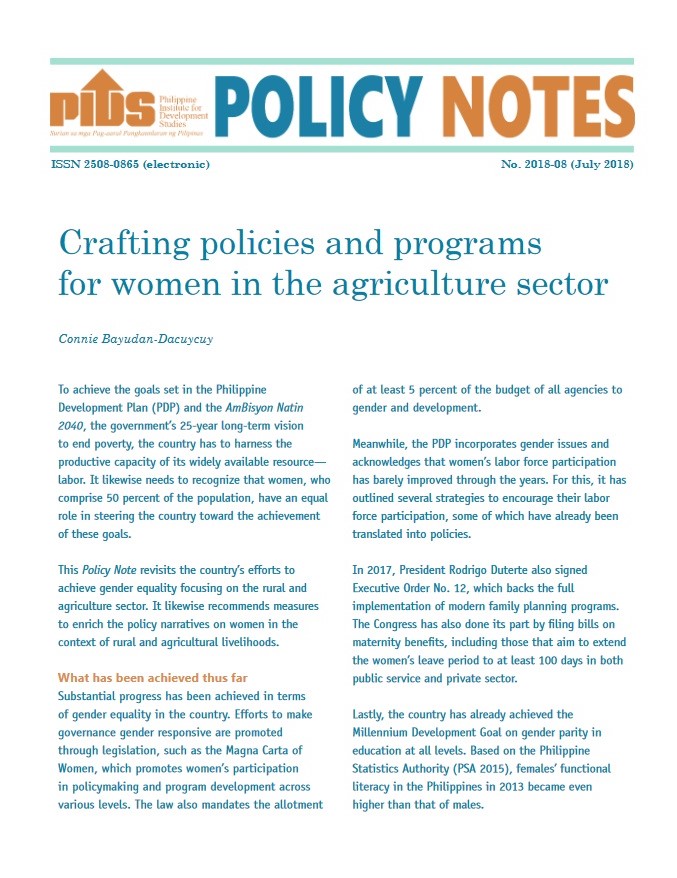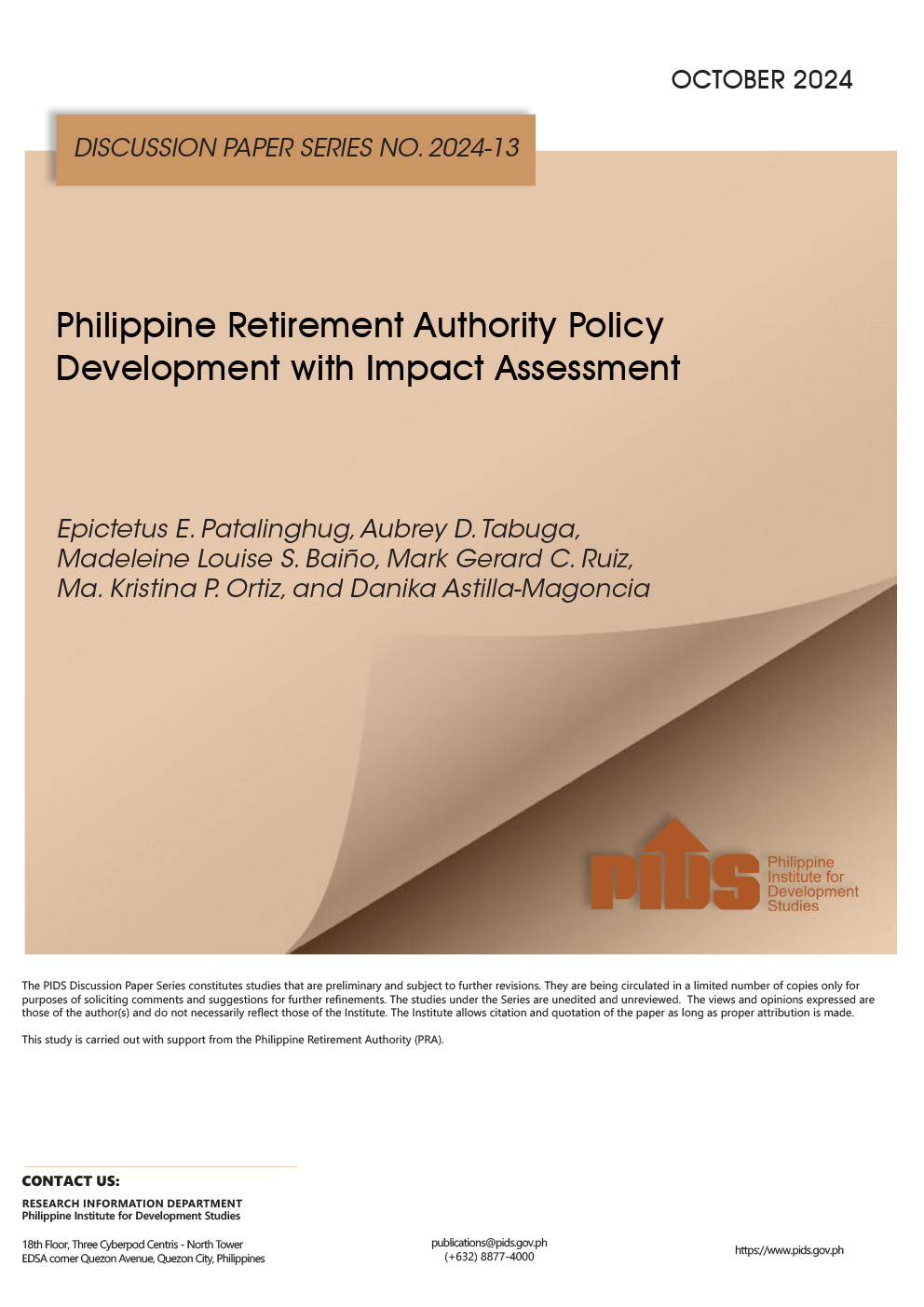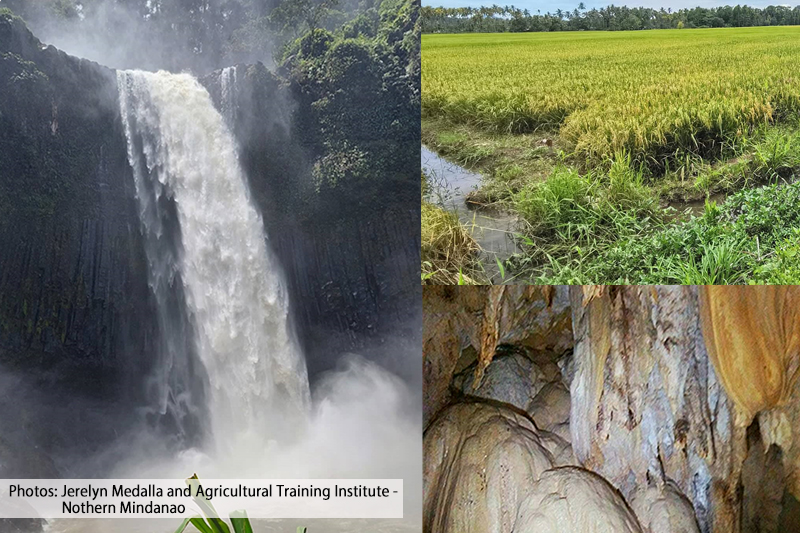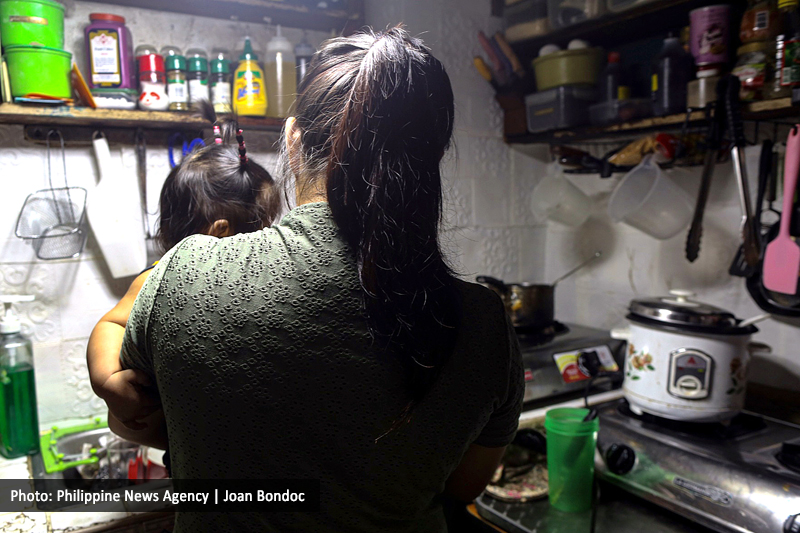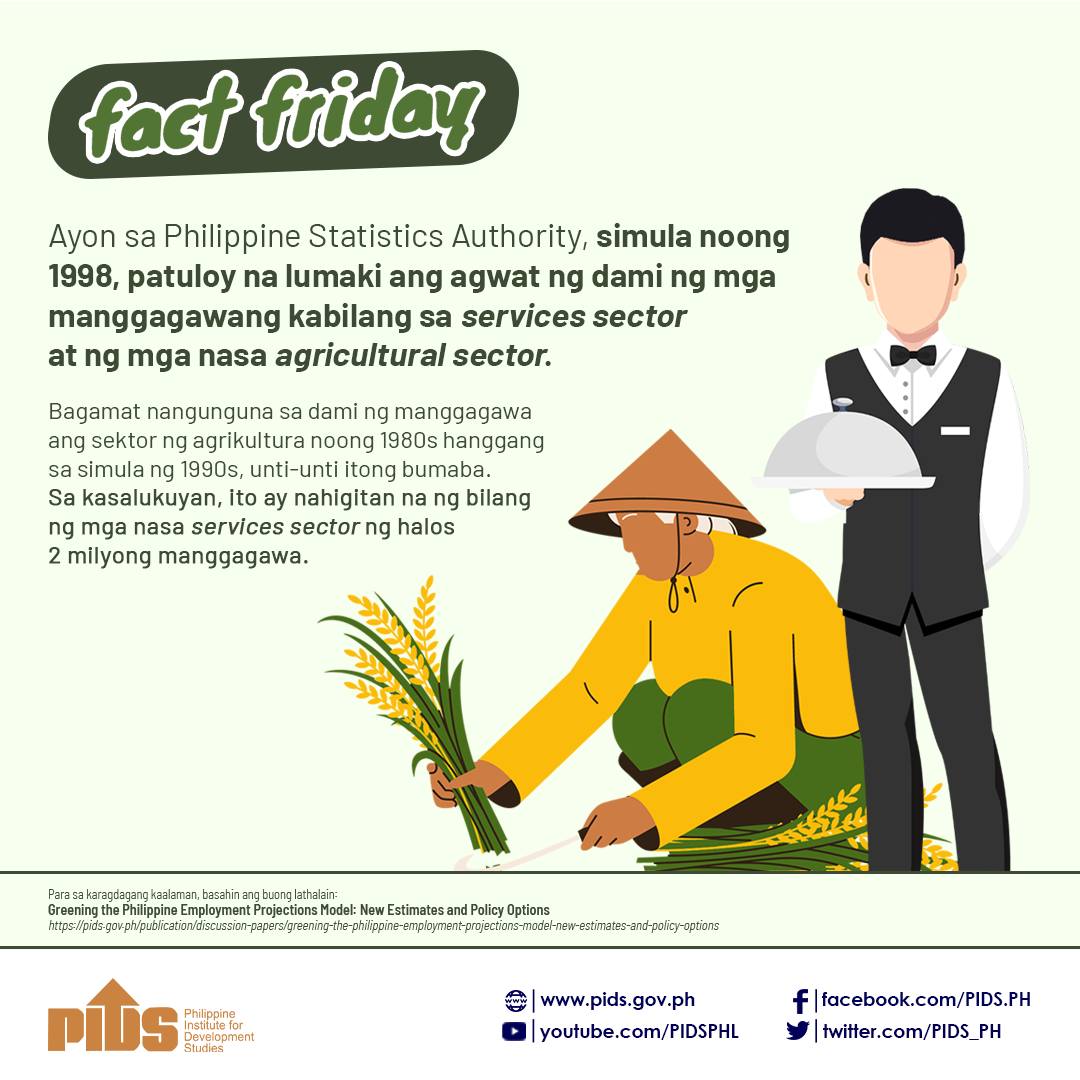This article is part of the seminar-workshop on the “Consequences of Small Farm Mechanization on Production, Employment and Incomes in the Philippines” sponsored jointly by the Ministry of Agriculture, the National Economic and Development Authority, the Philippine Institute for Development Studies and the International Rice Research Institute held on December 1-2, 1983 at Tagaytay City. To settle the debates regarding the benefits of agriculture mechanization, this paper examines the profile of landless laborers in terms of demographic characteristics, wealth position and household labor allocation patterns. It also determines the effects of mechanized threshing on the composition of labor with respect to age, sex and type. Assessment of landless laborer’s perception about the past and future changes in harvesting-threshing arrangements is also provided.


